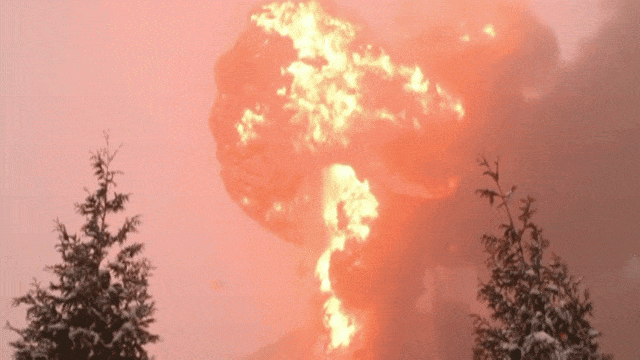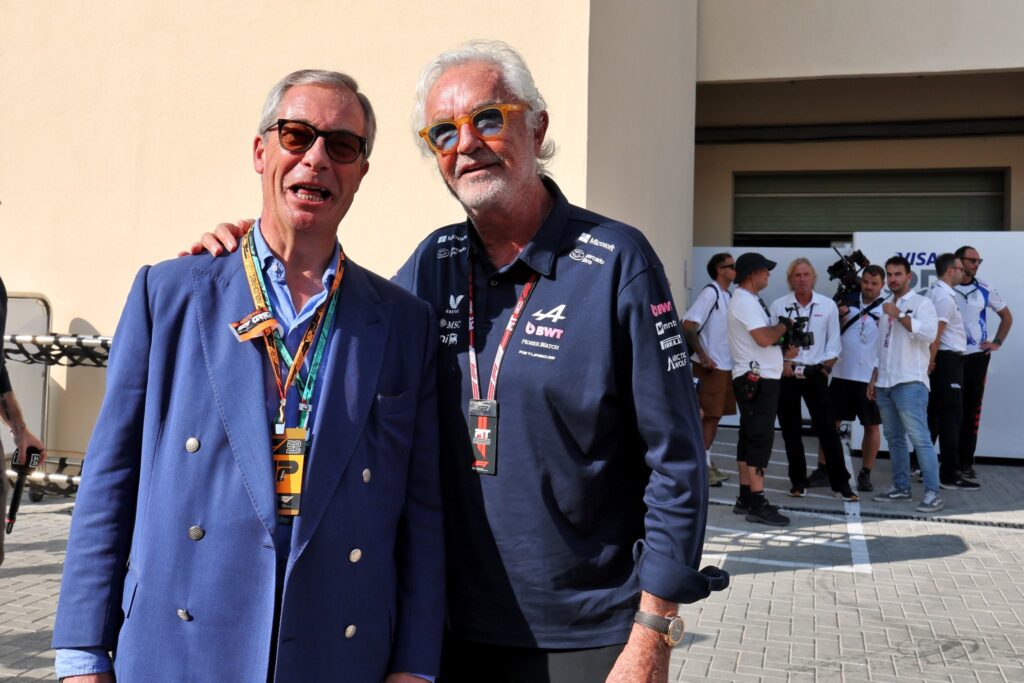A month ago there was a close call for the oil-by-rail industry. As part of the Cromnibus bill that President Obama signed in December, new oil-by-rail regulations were supposed to be finalized and implemented by regulators by January 15th.
Two days before that deadline, the Pipeline and Hazardous Materials Safety Administration (PHMSA), the agency responsible for new regulations, posted new documents on their website related to recent meetings between PHMSA and various oil and rail industry lobbyists.
They did not issue a press release about these meetings, unlike the meetings a year ago when the industry volunteered to try improving its safety record and there was plenty of publicity.
And then it was announced that new regulations would once again be delayed, this time until May 2015.
Since that delay an ethanol train has derailed resulting in burning rail cars and ethanol spilling into the Mississippi River. An oil train derailed and caught fire in Gogama, Canada. And another oil train of Bakken crude oil derailed, exploded, and leaked oil into the Kanawha River near Mount Carbon, West Virginia.
Also, since the announced delay of regulations there have been two congressional hearings on this issue. In one, Sen. John Thune (R-SD) was adamant that the proposed new regulations were “unattainable” and in the next Rep. Jeff Denham (R-CA) lectured the hearing attendees on how it was necessary for everyone to be “singing the same tune” so the American public didn’t get the “misperception” that the oil-by-rail industry isn’t safe.
All of this is occurring well over a year after the July 2013 explosion in Lac-Megantic where a train of Bakken oil exploded and killed 47 people. With the latest delay in regulations, the most optimistic timeline for any new regulations to occur will be only months before the two-year anniversary of that accident.
However, it would be unfair to claim that the oil and rail industries have done nothing in the time since Lac-Megantic. Industry lobbyists and lawyers have worked constantly to weaken and delay any new regulations. At the same time the amounts of oil moved by rail have rapidly increased, along with industry profits.
Putting the Brakes on Regulation Instead of the Trains
Many of the oil trains are currently using a braking system that is considered “19th century technology.” And yet the lobbyists have effectively removed the issue of upgrading to modern brakes from the regulations discussion.
In a presentation to regulators last year, rail company CSX summed up the industry position on modern brakes (referred to as ECP): “ECP brakes are expensive and do not offer material safety advantages.”
The train that exploded this week in West Virginia is a CSX train.
In last year’s proposed regulations, PHMSA notes that modern brakes would “reduce accident severity by 36% compared to conventional brakes.”
Apparently a 36% reduction in accident severity does not qualify as a “material safety advantage” since it is also “expensive.” In the most recent discussions about new regulations, the issue of requiring modern braking systems isn’t even a point of discussion.
Bakken Crude in Corn Oil Tank Cars
The National Transportation Safety Board has been warning about the DOT-111 tank cars used to transport crude oil for more than 20 years and has called them an “unnecessary public risk.”
According to the documents posted by PHMSA in January, a presentation by the American Petroleum Institute shows that there are currently about 30,000 DOT-111 tank cars used to transport crude by rail.
That same document shows the industry will have added more than 50,000 new CPC-1232 rail cars to the crude-by-rail fleet in 2014 and 2015 while lobbying muscle continues to delay new regulations. These new CPC-1232 cars have some safety improvements compared to the DOT-111 cars, but still are not expected to comply with even any watered-down eventual regulations.
The train that exploded in West Virginia consisted entirely of CPC-1232 tank cars.
So, in the absence of new regulations, the industry will have more than doubled the size of the oil-by-rail tank car fleet since Lac-Megantic. And yet, at the same time the industry is claiming there isn’t significant tank car building capacity to replace the most dangerous DOT-111s — a claim that has been repeatedly challenged by representatives of the tank car manufacturers.
In a presentation to PHMSA in December, the Railway Supply Institute made it very clear why it is opposed to new regulations.
“Rail capacity shortages will result in higher crude oil shipping costs and reductions in production.”
The reality is the industry needs these cars, originally designed to carry items like corn oil, to move the ever-increasing amounts of oil. So it is working to keep any and all tank cars that can transport oil on the tracks. Because the industry will do anything to avoid, “higher crude oil shipping costs or reductions in production.”
Speed Limits
Throughout the discussion of new regulations, the rail industry has been very clear that speed limits are an unacceptable compromise with E. Hunter Harrison, CEO of Canadian Pacific going so far as to say, “I don’t know of any incidents with crude that’s being caused by speed.” Harrison has also said that he thinks regulators have “over-reacted” to Lac-Megantic.
Last year, Michael Ward, CEO of CSX, commented on speed limits: “…our view is that it would be very bad, but our view is also that cooler heads will prevail.”
Based on the proposed regulations and the industry lobbying efforts, odds are Ward has a right to feel confident.
Bakken Oil Volatility
As explained over the past year on DeSmogBlog, the oil industry has adamantly claimed that Bakken oil isn’t explosive and therefore removing the explosive natural gas liquids (NGLs) from the oil via stabilization is not up for discussion. This despite a report by PHMSA stating that Bakken crude “is more volatile than most other types of crude.”
West Virginia State Police First Sgt. Greg Duckworth’s description of the most recent derailment is a textbook description of what happens with explosive oil in thermally unprotected rail cars. After the initial impact and fire, tank cars continue to heat up and explode. Duckworth told Reuters that, “nine or 10 of the cars had exploded at intervals of about every half hour.”
The reason these trains are known as bomb trains is because they are carrying explosive Bakken oil, which is quite evident in this video of the West Virginia incident.
The Benefits of Delayed Safety
The regulators currently reviewing the proposed regulations base their decisions on cost benefit analysis and it is clear that safety costs the oil and rail industries money.
So it was no surprise that the final report on the Lac-Megantic accident revealed that cost cutting measures were major factors in that accident. Meanwhile, an article on investment site TheStreet.com about the CSX accident in West Virginia notes that the investment analysts at The Street still rate CSX’s stock as “a buy.”
Obviously investors see no cost to the railroad as a result of the accident but the benefits of moving oil by rail have been tremendous for the rail industry over the past several years.
In 2014, Colette Roy-Laroche, the mayor of Lac-Megantic, traveled to Washington, D.C. to make the case for improved oil-by-rail safety to American politicians and regulators. Roy-Laroche talked about the costs that the people living in the bomb train blast zones are facing.
“It’s the mayors, like me, who end up living with the life-shattering consequences of such a terrible tragedy,” Colette Roy-Laroche said, “We lost a part of our soul.”
It is clear that there are tremendous costs and benefits associated with the boom in oil-by-rail transportation.
But unless there is a way to make oil trains safe without cutting into industry profits, we can expect more incidents like the ones that just happened in Mount Carbon and Gogama. And the industry is just gambling that one doesn’t happen in a place like Chicago or Toronto.
Subscribe to our newsletter
Stay up to date with DeSmog news and alerts






